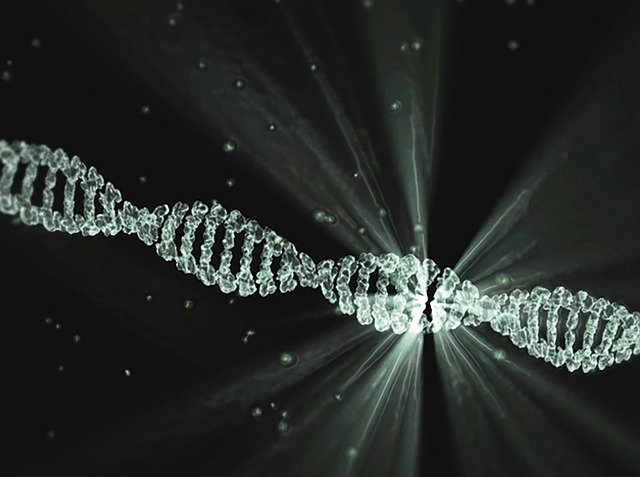Introduction: Parkinson's Disease and Mitochondrial Dysfunction
Parkinson's Disease (PD) is a progressive neurodegenerative disorder primarily affecting dopaminergic neurons in the substantia nigra. While the precise etiology remains complex, mitochondrial dysfunction is recognized as a central player in its pathogenesis. This dysfunction manifests in various forms, including impaired oxidative phosphorylation, increased oxidative stress, and, crucially, compromised mitochondrial DNA (mtDNA) integrity.
The Vulnerability of mtDNA
Mitochondrial DNA is particularly susceptible to damage due to its proximity to the reactive oxygen species (ROS) generated during oxidative phosphorylation, lack of protective histones, and limited repair capacity compared to nuclear DNA. This inherent vulnerability makes mtDNA integrity a critical factor in neuronal survival and function.
# Simplified representation of ROS generation during oxidative phosphorylation
import numpy as np
ROS_generation_rate = np.random.normal(0.1, 0.05) #Simulated rate of ROS production
damage_accumulation = ROS_generation_rate * 10 #Simulating mtDNA damage
print(f"Rate of ROS Generation: {ROS_generation_rate:.3f}")
print(f"Accumulated mtDNA Damage: {damage_accumulation:.3f}")MtDNA Repair Pathways: BER and Beyond
The primary mtDNA repair pathway is base excision repair (BER). This pathway involves the removal of damaged or modified bases from DNA, followed by gap filling and ligation. Key enzymes in BER include DNA glycosylases, AP endonucleases, DNA polymerase γ (Pol γ), and DNA ligase III. Defects in these enzymes can lead to mtDNA mutations and deletions.
While BER is the dominant pathway, evidence suggests the involvement of other repair mechanisms, such as single-strand annealing (SSA) for dealing with double-strand breaks, though its precise role in mtDNA repair is still being investigated.
Altered MtDNA Repair in Parkinson's Disease

Studies have shown a correlation between reduced expression and activity of BER enzymes in PD patients and animal models. For example, decreased levels of OGG1 (8-oxoguanine DNA glycosylase), a key enzyme responsible for removing oxidized guanine bases, have been observed in the substantia nigra of PD patients. This reduced repair capacity leads to an accumulation of mtDNA damage, contributing to mitochondrial dysfunction and neuronal cell death.
# Formula for quantifying mtDNA damage accumulation over time:
# D(t) = D_0 * e^(λt)
# Where:
# D(t) is the level of mtDNA damage at time t
# D_0 is the initial level of mtDNA damage
# λ is the damage accumulation rate (dependent on repair efficiency)
# t is time
Therapeutic Implications and Future Directions

Understanding the intricate link between altered mtDNA repair and PD opens new avenues for therapeutic intervention. Strategies aimed at enhancing mtDNA repair capacity, reducing oxidative stress, and preventing mtDNA damage hold promise for slowing disease progression. These include gene therapy to restore deficient BER enzymes, development of small molecule activators of mtDNA repair, and antioxidants to reduce ROS generation.
Conclusion
Compromised mtDNA repair plays a significant role in the pathogenesis of Parkinson's Disease. Further research into the mechanisms underlying mtDNA repair and its regulation is crucial for developing effective therapies that can protect against neuronal degeneration and improve the lives of individuals affected by this debilitating disease.
